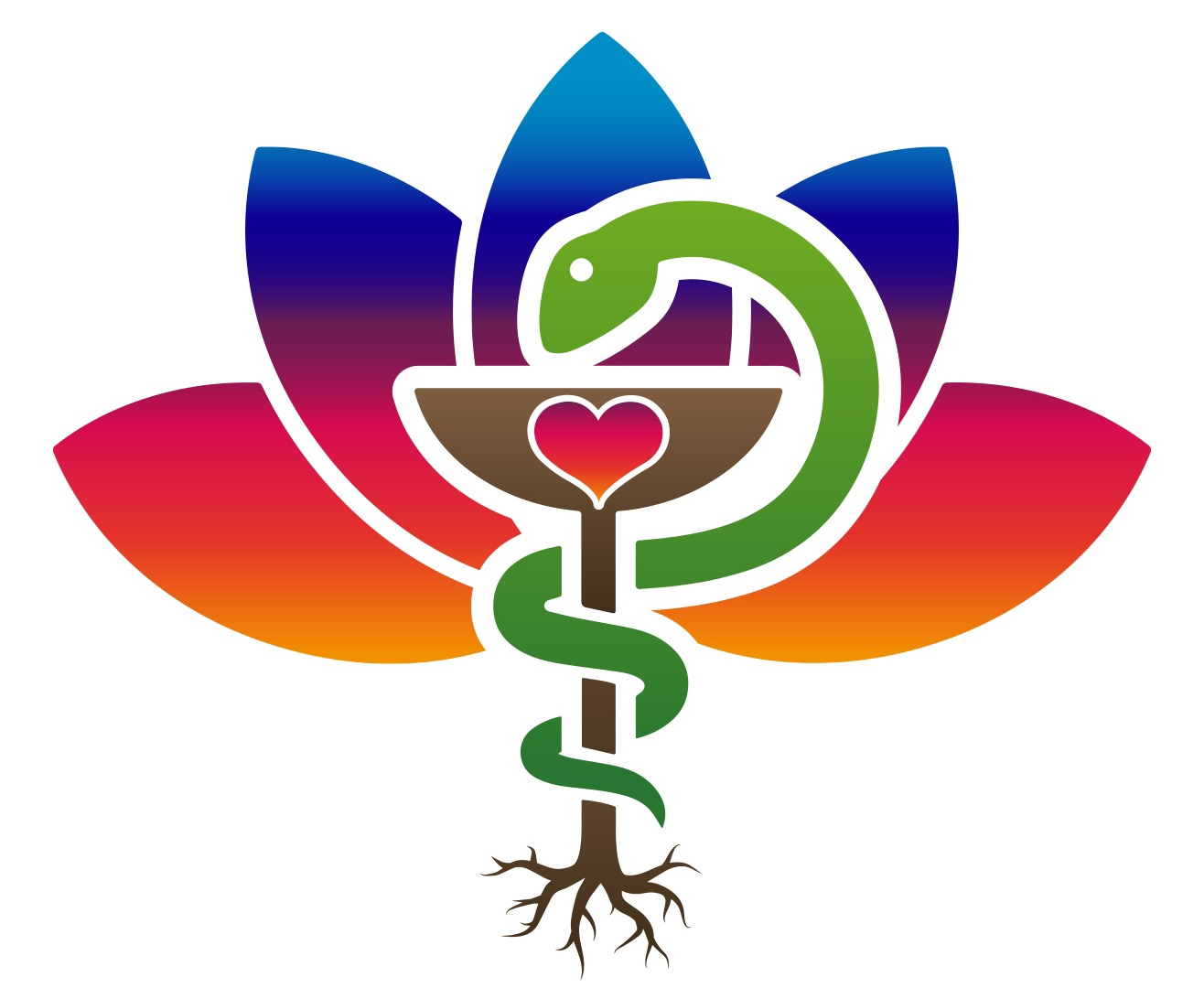Anxiolytics, Sleep Aids, and Psychedelics
Open Learning
On Demand
20
USD
Online
Description
Benzodiazepines are commonly prescribed for the treatment of several types of anxiety conditions as well as for insomnia. These medications work by facilitating increases in GABA neurotransmission, which provides a globally calming effect upon the central nervous system that can be used for anxiolytic, sedative, or anti-epileptic indications.
Increased GABA neurotransmission can likely dampen subjective effects of psychedelics, limit their neuroplasticity, or otherwise interfere with therapeutic processing of emotion or traumatic memories in dose- and temporally dependent types of ways.
When used daily or regularly outside of short courses, people can develop physical tolerance to their use as well as dependence, habituation, or addiction. Benzodiazepines are notorious for challenging withdrawal syndromes that make dose reductions and stopping use difficult. Moreover, abrupt discontinuation may carry significant medical as well as psychological risks.
In short, it may be ideal for persons to taper and stop benzodiazepines for psychedelic therapy yet is probably unrealistic in all cases and alternative strategies and approaches may be necessary. In this webinar I aim to:
Describe properties of benzodiazepines and how they may interact with serotonergic psychedelics (e.g. MDMA, psilocybin, ayahuasca etc.) as well as ketamine
Discuss strategies for management of benzodiazepines in the context of psychedelic therapy including tapering or temporarily suspending use
Compare the drug interaction potential of benzodiazepines to other anxiolytics and sleep aids that work on GABA [gabapentinoids (e.g. gabapentin, pregabalin) and Z-hypnotics (e.g. zolpidem, eszopiclone)] or serotonin (e.g. trazodone, buspirone, amitriptyline, mirtazapine) in the context of psychedelic use
List situations in which administration of a benzodiazepine is indicated in conjunction with psychedelics
Increased GABA neurotransmission can likely dampen subjective effects of psychedelics, limit their neuroplasticity, or otherwise interfere with therapeutic processing of emotion or traumatic memories in dose- and temporally dependent types of ways.
When used daily or regularly outside of short courses, people can develop physical tolerance to their use as well as dependence, habituation, or addiction. Benzodiazepines are notorious for challenging withdrawal syndromes that make dose reductions and stopping use difficult. Moreover, abrupt discontinuation may carry significant medical as well as psychological risks.
In short, it may be ideal for persons to taper and stop benzodiazepines for psychedelic therapy yet is probably unrealistic in all cases and alternative strategies and approaches may be necessary. In this webinar I aim to:
Describe properties of benzodiazepines and how they may interact with serotonergic psychedelics (e.g. MDMA, psilocybin, ayahuasca etc.) as well as ketamine
Discuss strategies for management of benzodiazepines in the context of psychedelic therapy including tapering or temporarily suspending use
Compare the drug interaction potential of benzodiazepines to other anxiolytics and sleep aids that work on GABA [gabapentinoids (e.g. gabapentin, pregabalin) and Z-hypnotics (e.g. zolpidem, eszopiclone)] or serotonin (e.g. trazodone, buspirone, amitriptyline, mirtazapine) in the context of psychedelic use
List situations in which administration of a benzodiazepine is indicated in conjunction with psychedelics
